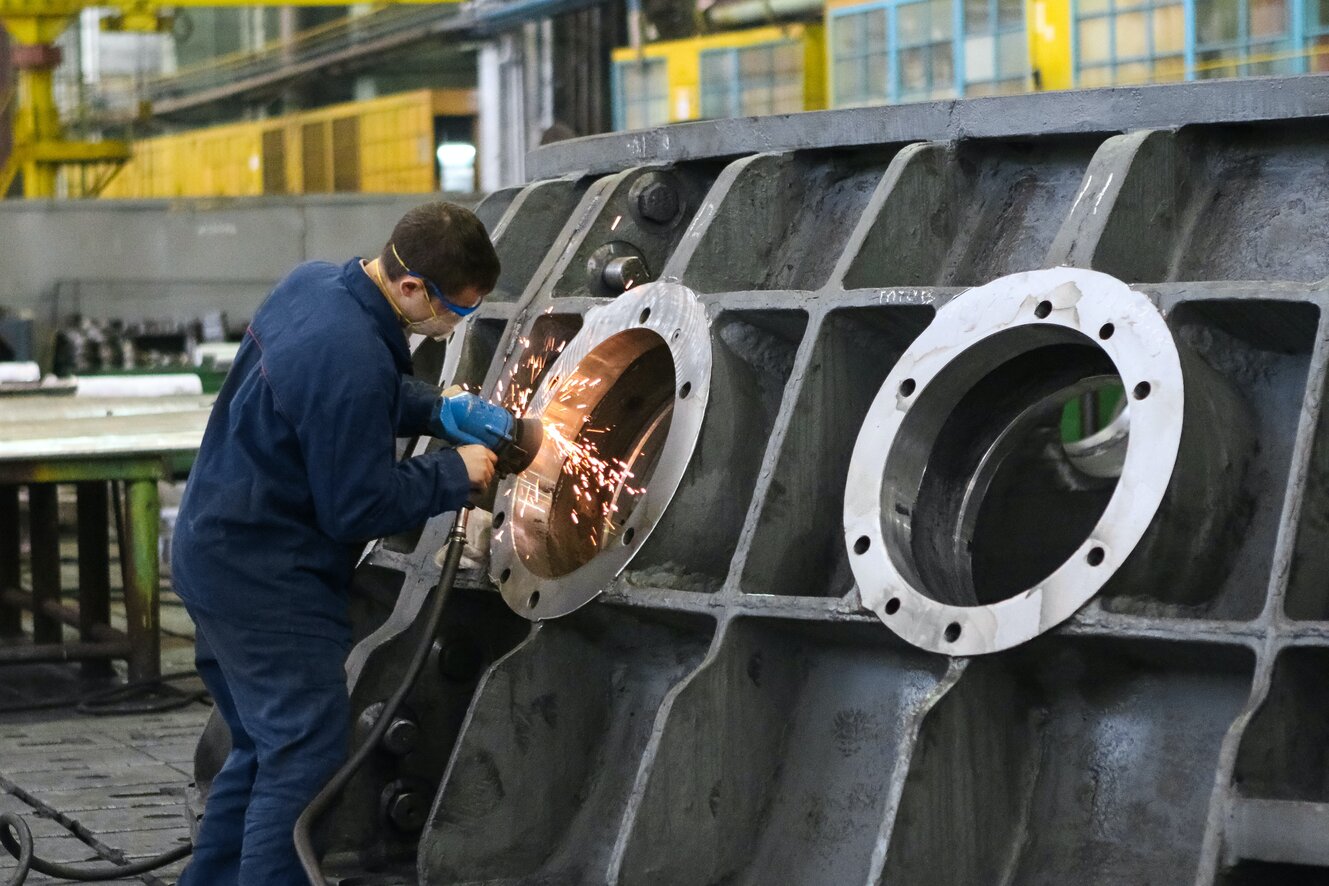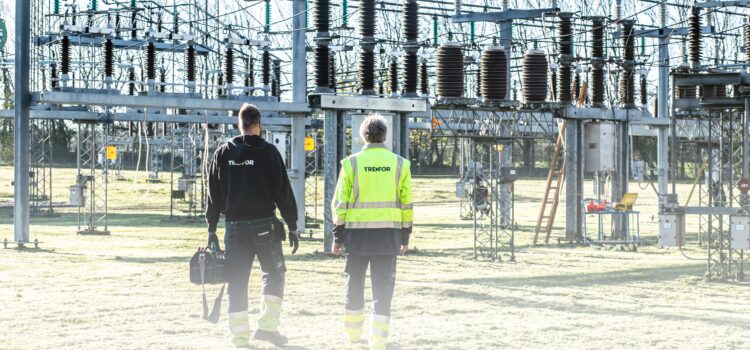
Are you aware of the silent danger lurking in the environment? PCB exposure poses a significant threat to your health and well-being, yet many remain unaware of its existence and potential consequences.
You might be wondering why it’s essential to understand PCBs. Well, these toxic chemicals can seep into your body through various means. It can lead to a host of health problems ranging from neurological disorders to reproductive issues.
In this blog, we’ll delve into the complexities of its exposure, empowering you with knowledge to protect yourself and your loved ones.
Understanding PCB Exposure
Understanding polychlorinated biphenyls or PCB exposure is crucial in grasping the gravity of this environmental hazard. Once widely used in various industrial applications, these persist in the environment long after their production ceased.
PCBs are a class of 209 manmade chemicals widely distributed in the land, water, and air, mentions the Washington State Department of Ecology. They build upwards through the food chain & focus on top predators like humans. Its exposure affects the immunological, reproductive, neurological, and endocrine functions of both people and wildlife, posing serious health hazards.
Also, these chemicals are carcinogenic. They have been shown to cause cancer in people with a higher degree of risk. Because they are present everywhere and harmful to human health and the environment, it is critical to control and regulate them effectively.
Reducing its exposure requires a multifaceted approach. It involves identifying and remedying sources of contamination. Implementing stringent regulations on the use and disposal of PCB-containing materials and promoting awareness and education on the risks associated with these chemicals.
Health Risks and Consequences
Understanding PCB exposure’s health risks and consequences is paramount for individuals and communities alike.
These chemicals have been linked to a myriad of adverse health effects, ranging from neurological disorders to reproductive issues. Prolonged exposure to these toxic chemicals can also lead to disruptions in the endocrine system and weaken the immune system. This leaves individuals more susceptible to illnesses, states TorHoerman Law.
Due to the significant consequences involved, raising awareness about these harmful effects became imperative. It didn’t take long for the health risks associated with PCBs to become widely known, especially as legal actions were consistently initiated.
These litigations aim to hold responsible parties accountable for their negligence in allowing its contamination to occur. The PCB exposure lawsuit is one such litigation that came into force. It has been enacted to seek justice against responsible manufacturers like Monsanto for failing to address the associated health risks adequately.
By holding responsible parties accountable, these legal actions also send a message about the importance of prioritizing public health and environmental safety over corporate interests.
Regulatory Framework and Guidelines
Governments worldwide have implemented various regulations and guidelines to control these chemicals’ production, use, and disposal. These regulations often include restrictions on the manufacturing and importation of PCB-containing products and specifications for their safe handling and disposal. Regulatory agencies set limits on the allowable levels of it in air, water, soil, and food to protect human health and the environment.
According to the Federal Register, PCB regulations – 40 CFR part 761, are being updated by the EPA. The agency did this to improve its efficiency, clarity, and ease of use. The updated revisions include:
- Extraction and indicative procedures.
- Modified cleanup alternatives based on performance for PCB remediation waste.
- Removal of PCB dumping as roadbed substance.
- Addition of adaptable measures for emergency cleanup following a spill.
The EPA also seeks to correct technical errors and standardize PCB cleanup and disposal regulations. Improved regulatory compliance, more precise PCB management criteria, and environmental protection are the goals of these changes. The modifications aim to update its laws with modern practices and scientific understanding by streamlining and modernizing them.
Public awareness of regulatory frameworks and guidelines is also vital. It empowers individuals and communities to advocate for stricter measures and hold regulatory agencies and industries accountable. By understanding the regulations governing them and their implications for human health and the environment, individuals can make informed decisions to protect themselves.
Detection and Monitoring
Various analytical methods detect and quantify PCBs in environmental samples, such as air, water, soil, and food. These methods include chromatography techniques coupled with mass spectrometry, which enable the identification and measurement of these chemicals at trace levels. Biomonitoring studies analyzed human tissues and fluids, such as blood and breast milk, to assess their exposure levels in populations.
According to the EPA, an organized sampling plan is essential to identify potential building contamination with PCBs. First, these chemicals should be examined in indoor air, especially in schools, and the results should be compared to set exposure limits. If the levels are higher than this, more action is necessary. To find the origins of these chemicals, suspicious construction components like caulk should be analyzed.
Disposing of materials with 50 parts per million or more PCBs is restricted. Based on preliminary results, surrounding materials might then be evaluated. The areas that need remedial action should be listed. Then, the removal of contaminated items is prioritized according to building occupancy, accessibility, and concentration levels. This methodology guarantees comprehensive characterization and focused mitigating endeavors.
Efforts to improve detection and monitoring capabilities for the chemicals should be accompanied by increased collaboration and data sharing among stakeholders. This collaboration facilitates the exchange of knowledge and resources, leading to more comprehensive and effective monitoring programs.
Mitigation and Prevention Strategies
One key strategy is the remediation of contaminated sites through techniques such as soil excavation, bioremediation, or thermal treatment. These methods aim to remove or neutralize these chemicals in the environment, reducing the risk of human and wildlife exposure. Implementing measures to prevent further contamination, such as proper storage and disposal of PCB-containing materials, is essential for long-term risk reduction.
Using alternative materials and technologies that do not contain them can help prevent future contamination incidents. Industries and manufacturers can adopt safer substitutes for these chemicals in their products, reducing the likelihood of exposure to these toxic chemicals.
Also, it is crucial to educate the public about the risks associated with it and provide guidance on ways to minimize exposure in daily life. They empower individuals to protect themselves and their families.
Public Awareness and Education Initiatives
Educating the public about the sources, health effects, and ways to mitigate PCB exposure is essential for fostering informed decision-making and behavior change. It can be achieved through various channels, including public health campaigns, community workshops, educational materials, and online resources. By raising awareness about the dangers of these chemicals, individuals can take proactive steps to reduce their exposure and protect their health.
Targeted outreach efforts can help reach vulnerable populations who may be disproportionately affected by its contamination. Providing culturally and linguistically appropriate information and resources ensures that all community members have access to vital information about these chemicals.
In conclusion, understanding the dangers of PCB exposure is vital for protecting your health and environment. From its pervasive presence in your surroundings to the serious health risks it poses, its contamination demands attention and action. You can mitigate the risks associated with PCB exposure by implementing strict regulations, conducting thorough monitoring, and promoting public awareness and education.

Your go-to source for the latest in tech, finance, health, and entertainment, with a knack for distilling complex topics into accessible insights, We deliver timely updates on the ever-evolving landscapes of technology, finance, health, and entertainment








